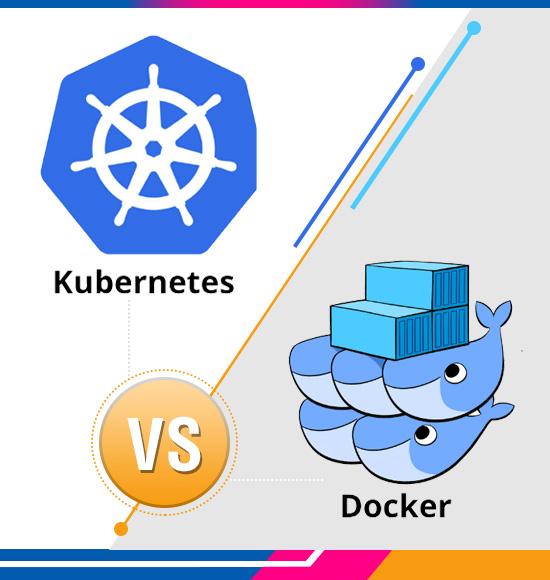Top Features of the Latest Version of MongoDB Database
The major release of MongoDB Database, v5.0 was launched on July 13, 2021. The arrival of the latest version of the MongoDB Database marks the commencement of a technical revolution. The novel features stunned data science MongoDB developers and lured many freshers to learn MongoDB Database.
Mongo DB is a document-oriented database that is used for storing large volumes of data. Instead of utilizing tables and rows, Mongo drop database utilizes collections and documents. Documents contain key-value pairs that are the basic units of data in MongoDB. Collections, on the other hand, contain sets of documents and functions that are equivalent to relational database tables. Mongo drop database provides comprehensive management of all database services, including configuration, maintenance, security, backup, and scalability. This provides MongoDB developers the freedom to focus on providing exemplary features for the applications.
Top Features of MongoDB 5.0

The latest version of MongoDB removes friction and complexity from the developer’s end and enables them to craft innovative and highly scalable solutions rapidly for a wide range of use cases.
Native Time-Series Features
One of the most awaited features that MongoDB 5.0 brought to the board is first-class support for time series data. While some MongoDB developers have developed their time series tooling around Mongo drop database, having a time-series feature natively will assist many more developers to hit the ground running.
A “time series” refers to a kind of data where records are created at different periods of time in a sequence. The general use cases of time series include – sensor measurement streams and transaction history logs, where each record corresponds to a particular moment.
New time-series collections provide a special data store that is optimized for data with these characteristics. Values can be compacted into a unique schema structure when persisted to disk, providing enhanced indexing, more efficient storage use, and reduced server load. With, native time series, one can set the granularity of time data to seconds, minutes, or hours. It is also possible to expire data after a set number of seconds.
Live Resharding

One of the biggest challenges with horizontal scaling MongoDB Database has been its approach to sharding. It is crucial to choose the correct shard key to your cluster’s performance. However, this was previously a one-way operation. Once one would set the key, it can’t be changed. Further, leaving one powerless if any wrong decision is made on day one.
MongoDB Database 5.0 puts an end to shard key nightmares. If one gets it wrong, collections can be re-indexed utilizing a new shard key. The latest version of Mongo drop database will handle the entire migration, without causing any downtime. This makes it easier to escape subpar performance caused by incorrect shard configuration.
Versioning and Releases
MongoDB Database 5.0 brings significant future-proofing enhancements. The latest version of MongoDB Database includes a versioned API which allows you to avoid breaking changes as you upgrade to new releases.
MongoDB developers will be able to update to future versions without modifying their code. Everything will work seamlessly as long as the latest version supports the API version one is targeting. This means the application is more decoupled from the underlying database version, hence, MongoDB developers will be able to upgrade to new MongoDB Database versions earlier without risking broken code.
A new release schedule accompanies this schedule. MongoDB Database will commence shipping future versions more quickly, with a “Rapid Release” coming out every quarter. These will be minor versions with no groundbreaking changes, providing novel features in an accelerated cycle. Every year, a new major release will arrive, rolling up the Rapid Releases and potentially breaking backward compatibility.
The latest version allows MongoDB Developers to access emerging features more quickly without impacting MongoDB’s overall stability. If MongoDB developers do not wish to upgrade each quarter, they can stay on the major release branch and retain the annual cadence. Rapid releases will only be officially supported in MongoDB’s managed Atlas service. These releases will be made available for self-hosted users as optional development builds.
Serverless Database on MongoDB Atlas
With serverless deployment, one will get automatic provisioning of the correct resources for one’s current workload. The platform adapts to the rapidly changing demands, further mandating no manual efforts to scale infrastructure. One will be charged only for what is visible.
Serverless Atlas is managed by Mongo drop database. It utilizes the latest version of the database with support for automatic upgrades. This creation of serverless instances allows one to access new MongoDB clusters without leaving the provision to configure themselves. One can directly pick a cloud provider, create a new database, and connect from the application created.
Conclusion
MongoDB Database 5.0 extends the database with more capabilities that enhance its versatility. It also fixates its position as a cloud-native platform that is available in a range of managed solutions. Besides this, there is also a robust selection of ecosystem improvements and enhancements. A novel MongoDB database shell simplifies the developer interaction with databases by offering syntax highlighting. New SDKs also assist in integrating Mongo Database with more programming languages and frameworks, including Unity, Flutter, and Kotin.
On a security note, expanded support for client-side field-level encryption lets you encrypt data residing in multi-cloud databases. The certificate rotation improvements facilitate x509 swaps without downtime, further reducing the impact of routine hardening procedures.
Now, MongoDB Database 5.0 is available via Atlas, public cloud providers, and also as a self-hosted open-source solution. There are official packages for Amazon Linux, Debian, RedHat, SUSE, Ubuntu, and Windows for containerized environments.
We at Copperchips, have been in the MongoDB services for about 2 years now. Our illustrious history as well as global clients along with our years of experience make us the best choice for delivering MongoDB services.




